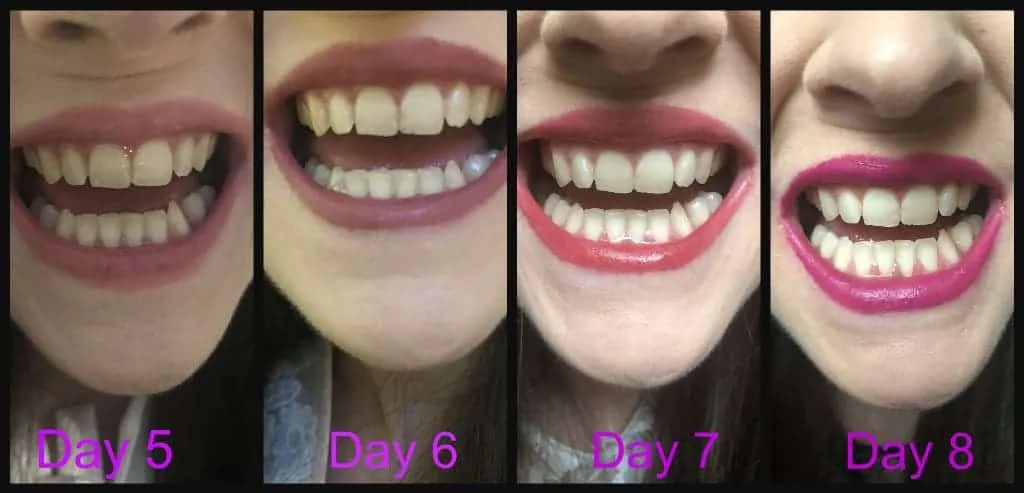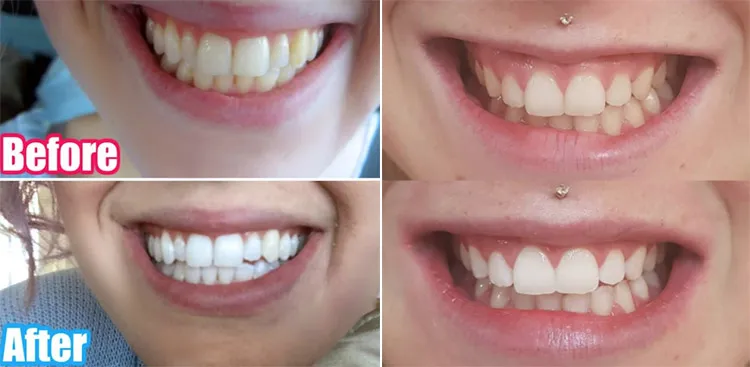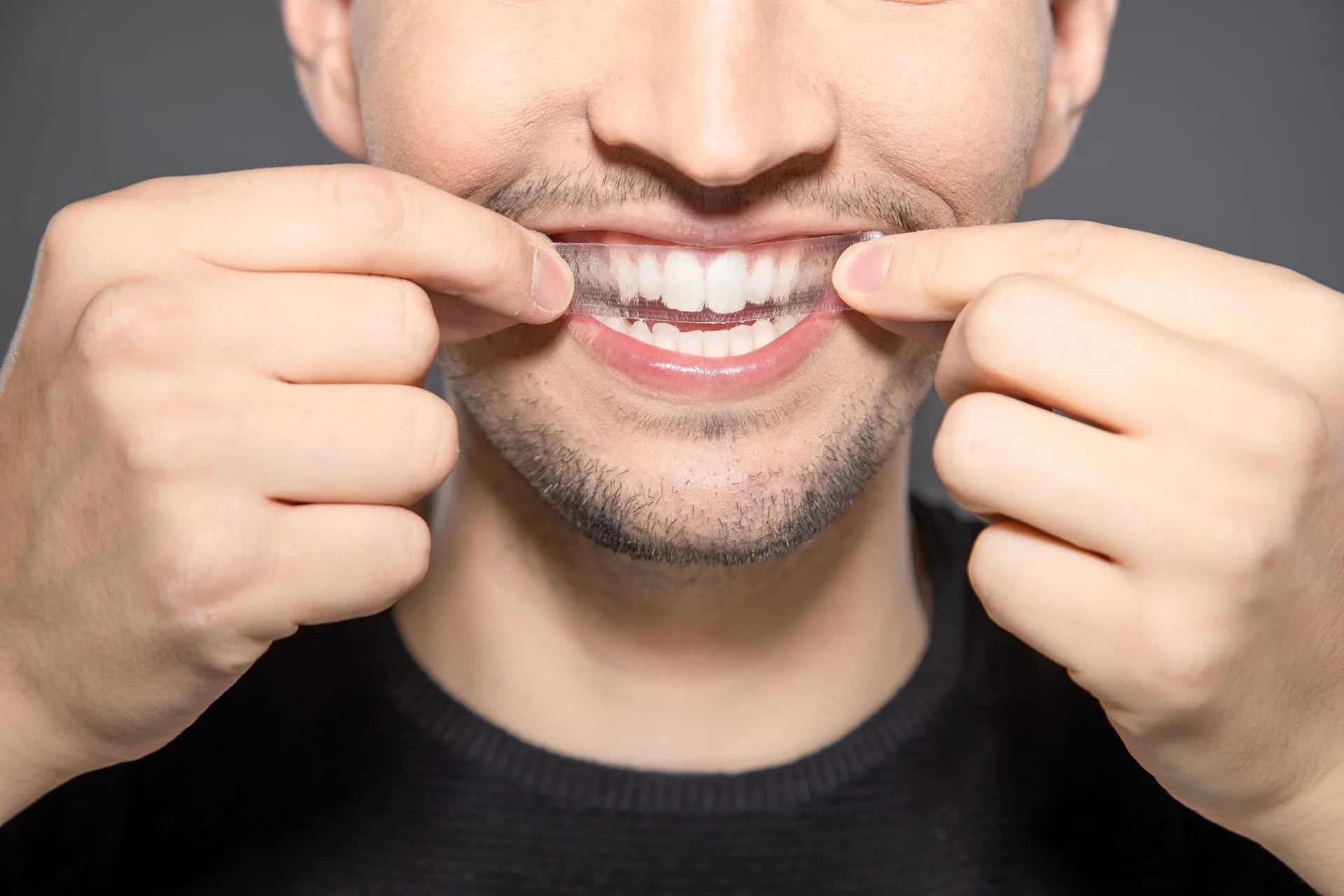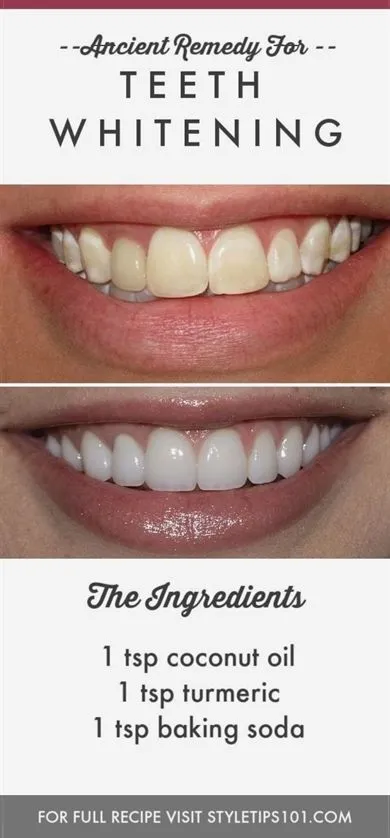Why Do Teeth Hurt After Whitening Strips?
Teeth whitening strips have become a popular way to achieve a brighter smile, but unfortunately, they can sometimes lead to teeth pain. The discomfort can range from mild sensitivity to sharp, shooting pains. Understanding the causes of this pain is essential for anyone considering or already using whitening strips. Several factors can contribute to tooth pain after using these strips, including the strength of the whitening agents, the condition of your teeth and gums, and how you apply the strips. In this article, we’ll explore the top five causes of teeth pain and provide actionable steps to alleviate and prevent it, ensuring a more comfortable whitening experience. It’s crucial to address this issue to maintain your oral health and keep smiling confidently.
Enamel Sensitivity
One of the most common reasons for teeth pain after using whitening strips is enamel sensitivity. The active ingredients in most whitening strips, such as hydrogen peroxide or carbamide peroxide, penetrate the enamel to break down stains. This process can temporarily weaken the enamel, making the underlying dentin more susceptible to stimuli like hot or cold temperatures, leading to sensitivity. Individuals with naturally thin enamel or those who already experience sensitivity are particularly vulnerable. This sensitivity can manifest as a sharp, shooting pain or a dull ache, especially when consuming hot or cold foods and beverages. Proper understanding of the enamel’s role is crucial to mitigate and manage this sensitivity effectively.
Chemical Irritation from Whitening Agents

The chemicals in whitening strips, while designed to whiten teeth, can also irritate the soft tissues of your mouth, including the gums. Direct contact with the concentrated whitening agents can lead to chemical burns or inflammation. This can cause pain, redness, and swelling of the gums. If the strips are not applied correctly, they might come into contact with more gum tissue than necessary, increasing the risk of irritation. The strength of the whitening agent plays a role; higher concentrations can cause more significant irritation. Careful application, ensuring the strips only touch the teeth, is vital to minimize this risk. If you experience chemical irritation, it’s essential to stop using the strips and allow your gums to heal.
Gum Irritation and Recession
Prolonged or improper use of whitening strips can lead to gum irritation and, in some cases, gum recession. The chemicals in the strips can damage the delicate gum tissues if they come into extended contact. Gum recession occurs when the gum line pulls back, exposing more of the tooth and the root surface, which is not protected by enamel and thus more sensitive. This recession can cause pain and increased sensitivity to temperature changes. Moreover, the use of whitening strips on teeth with pre-existing gum issues can exacerbate the problem. Regular dental check-ups and adherence to the manufacturer’s instructions are crucial in preventing these issues.
Pre-existing Dental Conditions
If you have underlying dental issues like cavities, cracks, or existing sensitivity, whitening strips can worsen the pain. The whitening agents can penetrate these vulnerable areas, causing intense discomfort. Similarly, people with untreated dental problems might find their teeth more sensitive after using whitening strips. It’s crucial to address any dental problems before whitening your teeth to prevent increased pain. Consulting with a dentist before using whitening strips is advisable, especially if you suspect you have underlying dental issues. This will help you determine if whitening strips are safe for you.
Incorrect Application Techniques

How you apply whitening strips significantly affects the potential for pain. Overlapping the strips onto your gums, using strips for longer than recommended, or applying excessive pressure can all lead to pain and irritation. It’s important to follow the instructions on the packaging carefully. Ensure that the strips cover only the teeth and avoid touching your gums as much as possible. If you’re unsure about the correct application, consult your dentist or read the instructions carefully before starting. Incorrect application can also lead to uneven whitening, leaving some areas more sensitive than others.
How to Manage Teeth Whitening Pain?
Choose the Right Whitening Strips
Not all whitening strips are created equal. Consider your sensitivity level and choose strips with a lower concentration of the active whitening agent (hydrogen peroxide or carbamide peroxide). Some brands offer ‘sensitive teeth’ formulas designed to minimize pain and irritation. Researching different brands and reading reviews can help you choose a product that suits your needs. Start with the lowest strength and gradually increase it if needed. If you’re unsure which product is right for you, consult with your dentist, who can recommend a suitable option based on your oral health.
Proper Application and Usage

Proper application is key to reducing pain. Always follow the instructions on the packaging. Apply the strips carefully, ensuring they only touch your teeth and avoid overlapping onto your gums. Do not use the strips for longer than the recommended time. If you experience pain, remove the strips immediately. After removing the strips, rinse your mouth with water to remove any remaining whitening agents. Consistent and correct use of whitening strips is the key to achieving the desired results without compromising your comfort.
Desensitizing Toothpaste and Products
Using desensitizing toothpaste containing ingredients like potassium nitrate can help reduce sensitivity. These toothpastes work by blocking the pathways that transmit pain signals to your nerves. Start using the toothpaste a few weeks before you begin using whitening strips. Continue to use it throughout your whitening process. You can also use other products, such as desensitizing gels, to provide extra relief. Apply the gel to your teeth after removing the whitening strips. These products create a protective barrier that reduces sensitivity. Consistent use of these products can significantly improve your experience with whitening strips.
Over-the-Counter Pain Relief
Over-the-counter pain relievers such as ibuprofen or acetaminophen can help manage any pain you experience. Take these medications according to the instructions on the packaging. You can also try applying a cold compress to your face to soothe the area. If the pain persists or worsens, consult your dentist. They might recommend stronger pain relief or other treatments. Never exceed the recommended dosage of any medication.
When to See a Dentist

If your pain is severe, persistent, or accompanied by other symptoms like bleeding gums, it’s time to see your dentist. They can assess your oral health, determine the cause of the pain, and recommend appropriate treatments. They might suggest alternative whitening methods or recommend a different course of action. Regular dental check-ups are essential to maintain oral health and identify any underlying issues that might be causing pain. Always consult your dentist if you are concerned about the pain you’re experiencing.
Preventing Teeth Pain from Whitening Strips
Consult Your Dentist Before Use
Before starting any teeth whitening treatment, consult your dentist. They can assess your oral health and determine if whitening strips are suitable for you. They can also identify any pre-existing dental issues that might cause or worsen pain. Your dentist can provide personalized advice and recommend the best course of action. This consultation is essential for preventing potential problems and ensuring a comfortable experience. Always prioritize your oral health by seeking professional advice.
Avoid Overuse of Strips

Follow the manufacturer’s instructions carefully and avoid using whitening strips more often than recommended. Overuse can increase the risk of sensitivity and gum irritation. Stick to the recommended treatment duration and frequency. If you’re not seeing the desired results, consult your dentist for alternative options. Never exceed the recommended usage as it can lead to adverse effects on your teeth and gums. Moderation is critical when using whitening strips to ensure a safe and effective experience.
Maintain Good Oral Hygiene
Maintaining excellent oral hygiene is critical. Brush your teeth twice a day with fluoride toothpaste and floss daily to remove plaque and food particles. This practice will help reduce sensitivity and prevent gum irritation. Regular dental check-ups and professional cleanings are also essential for maintaining your oral health. These practices can help you maintain healthy teeth and gums, making the whitening process more comfortable and effective. Proper oral hygiene is the foundation of a healthy and bright smile.
